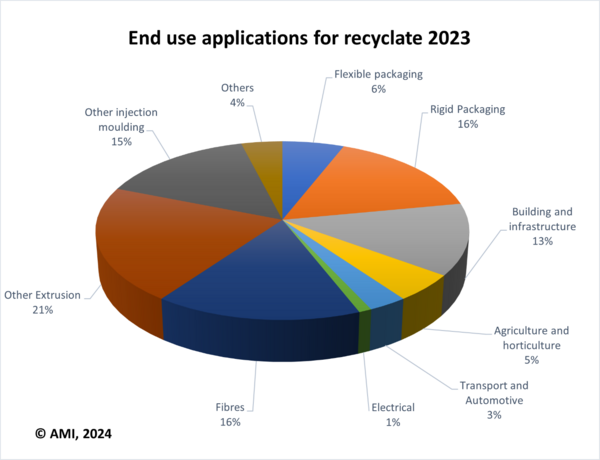Although chemical recycling technologies currently dominate the news and attract the largest investments, mechanical plastics recycling and its importance should not be underestimated. The sector is attracting new stakeholders as well as seeing established players extend their presence within the sector. Indeed, mechanical recycling is also seeing large investments in new or expanding capacities.
Mechanical recycling capacity surpassed 54 million tonnes in 2022, and over 36 million tonnes of recyclate was produced globally. AMI Consulting estimates that mechanical recycling output will reach close to 55 million tonnes by 2030, an increase of 52% on 2022 volumes. That being said, the actual global recycling rate of commodity plastics is only anticipated to reach 16.5% by 2030, highlighting the vast opportunities within the industry.
While some regions, such as Europe and Northeast Asia are actively trying to reduce the use of excessive packaging, the increase of plastics usage in other areas, such as Africa and the Indian Subcontinent outweighs those efforts. The increase of plastics consumption in such regions is broadly driven by urbanization and growing middle classes and will contribute to increasing global plastics consumption for the foreseeable future.









